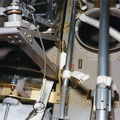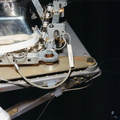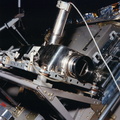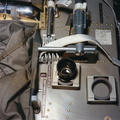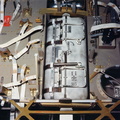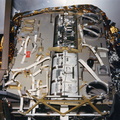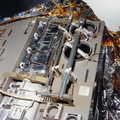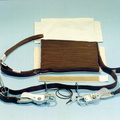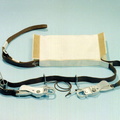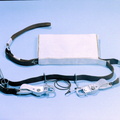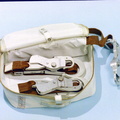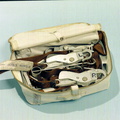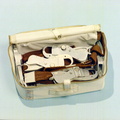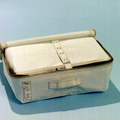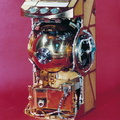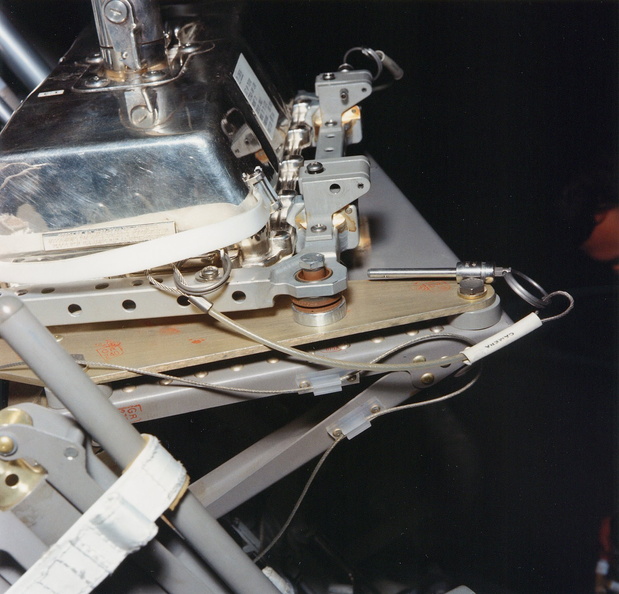
WIKIARCHIVES.SPACE
The Human Spaceflight Archive

Back of the TV camera as mounted on the TV support. This view is toward the ladder. Removal of the pins frees the camera for removal from the MESA. One of the pins, not yet installed, can be seen on the near righthand edge of the camera platform. Scan by Kipp Teague.
Information
- Taken in
- Johnson Space Center
- Author
- NASA
- Description
-
Back of the TV camera as mounted on the TV support. This view is toward the ladder. Removal of the pins frees the camera for removal from the MESA. One of the pins, not yet installed, can be seen on the near righthand edge of the camera platform. Scan by Kipp Teague.
Paul Coan, Manned Spaceflight Center Television Subsystem Manager who was responsible for the equipment used on the Apollo spacecraft, writes, "The camera was mounted on the MESA upside down because the top plate was the 'hard' part of the structure. It was placed at an angle so that the bottom of the ladder could be viewed when the MESA was fully deployed. (There was some concern about whether the MESA would deploy fully – but that was not a problem.) The top was painted with a special white paint to minimize solar absorption and to maximize radiation. In contrast, the bottom was highly reflective to minimize absorption of heat reflected from the lunar surface. The handle/camera interface was designed with two trunnions and two 'hooks' and a latching mechanism so that, as you rotated the handle to its operating position, the handle was latched to the camera. It also provided the suited astronaut the capability of unlatching the camera."
- Created on
- Friday 18 April 1969
- Albums
- US SPACE PROGRAM / APOLLO / Technical Pics
- Source link
- Visits
- 207
Location : 29.552104, -95.097144
- Rating score
- no rate
- Rate this photo
- License
- Public Domain
- Modified by WikiArchives
- No (original)
- Downloads
- 0
Powered by Piwigo





























